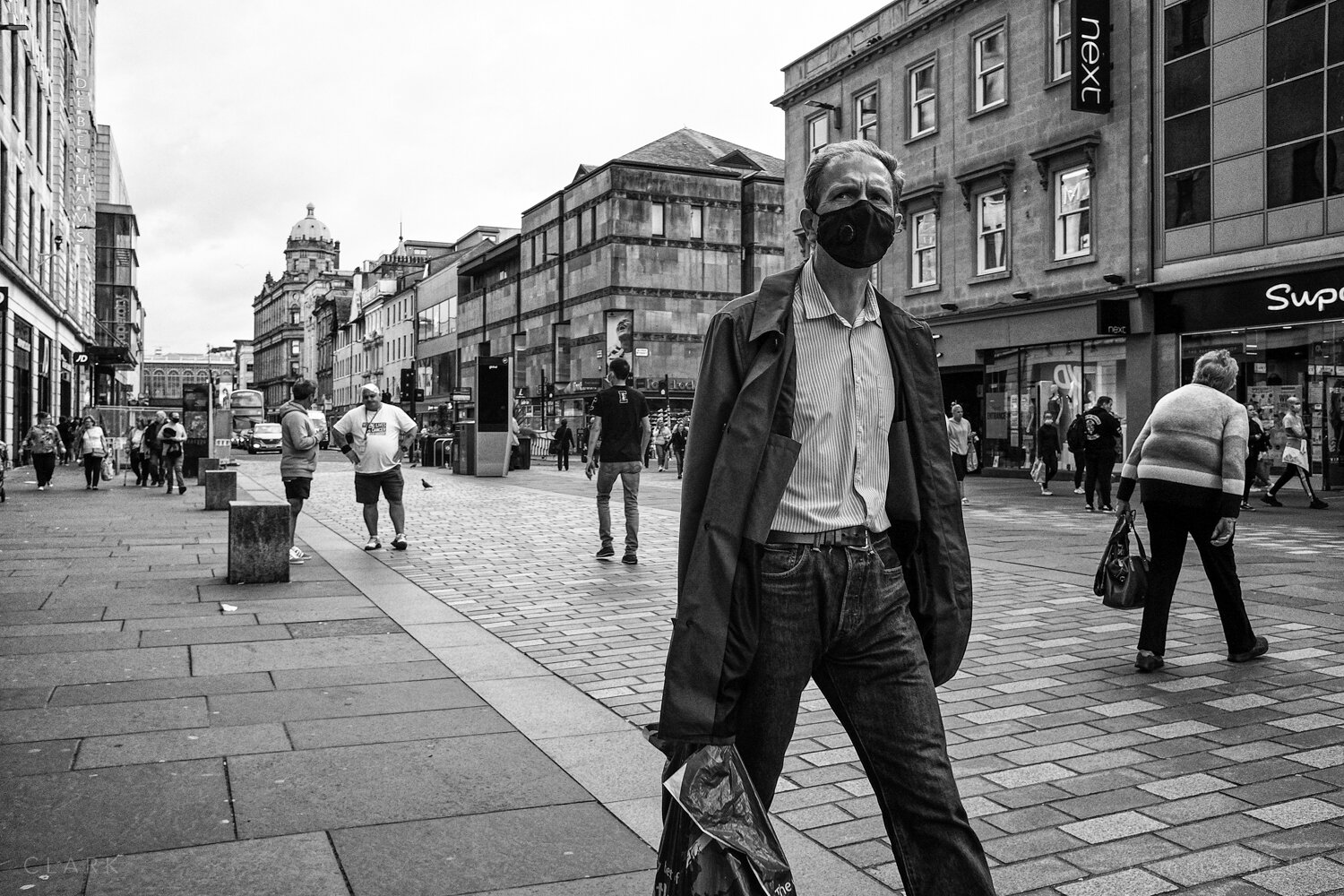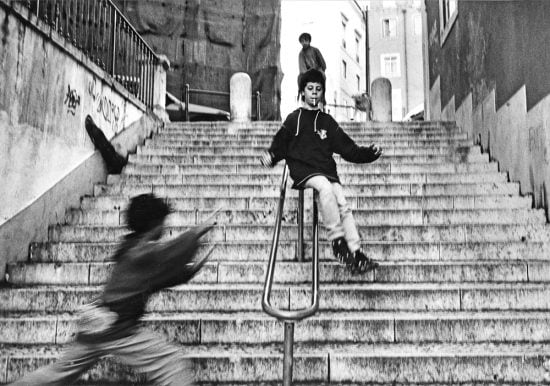Street Photographers Can Be Fun For Everyone
Street Photographers Can Be Fun For Everyone
Blog Article
The smart Trick of Street Photographers That Nobody is Talking About
Table of ContentsThe Facts About Street Photographers Revealed8 Simple Techniques For Street PhotographersThe 7-Minute Rule for Street PhotographersTop Guidelines Of Street PhotographersThe Facts About Street Photographers Uncovered
Street professional photographers do not necessarily have a social objective in mind, yet they choose to isolate and capture moments which could or else go unnoticed.He was affected by numerous of those that influenced the road photographers of the 1950s and '60s, he was not primarily interested in catching the spirit of the road., who worked side by side with photographers attempting to catch the essence of metropolitan life.
As a result of the fairly primitive technology available to him and the lengthy direct exposure time needed, he battled to capture the pressure of the Paris streets. He explore a collection of photographic approaches, attempting to locate one that would certainly allow him to catch activity without a blur, and he found some success with the calotype, patented in 1841 by William Henry Fox Talbot. While the professional photographers' topic was essentially the very same, the outcomes were markedly various, demonstrating the influence of the photographer's intent on the character of the photos he produced.
Given the fine quality of his photographs and the breadth of material, engineers and artists frequently got Atget's prints to use as referral for their own work, though commercial passions were barely his major motivation. Rather, he was driven to photo every last remnant of the Paris he liked. The mingled passion and urgency of his goal shine through, causing pictures that tell his very own experience of the city, top qualities that expected street photography of the 20th century.
Rumored Buzz on Street Photographers
They expose the city via his eyes. His job and basic understanding of photography as an art kind served as motivation to generations of digital photographers that complied with. The future generation of street professional photographers, though they likely did not describe themselves as such, was ushered in by the photojournalism of Hungarian-born photographer Andr Kertsz.
Unlike his peers, Brassa utilized a larger-format Voigtlnder camera with a longer exposure time, requiring him to be extra computed and thoughtful in his method than he might have been if utilizing a Leica. (It is believed that he may not have been able to afford a Leica back then, however he did, nonetheless, use one in the late 1950s to take colour pictures.) Brassa's photos of the Paris underworld lit up by synthetic light were a revelation, and the compilation of the collection that he published, (1933 ), was a major success.
Cartier-Bresson was a champion of the Leica electronic camera and among the initial digital photographers to maximize its capabilities. The Leica permitted the photographer to connect with the surroundings and to catch minutes as they occurred. Its reasonably little dimension also helped the photographer discolor into the background, which was Cartier-Bresson's recommended method.
Little Known Questions About Street Photographers.
It is due to this essential understanding of the art of photo taking that he is often credited with uncovering the medium around once more about a century given that its innovation. He took pictures for greater than a half century and influenced generations of digital photographers to trust their eye and instinct in the minute.
These are the questions I shall attempt to answer: And after that I'll leave you with my own meaning of street photography. Yes, we do. Let's begin with specifying what a meaning is: According to (Street Photographers) it is: "The act of specifying, or of making something precise, unique, or clear"
No, absolutely not. The term is both limiting and misinforming. Sounds like a road photography should be pictures of a streets right?! And all road photographers, with the exception of a tiny number of outright novices, will completely appreciate that a road is not the crucial part to street photography, and actually if it's an image of a road with maybe a couple of dull individuals not doing anything of interest, that's not road digital photography that's a photo of a road.
The 3-Minute Rule for Street Photographers
He makes a legitimate point do not you believe? Nevertheless, while I agree with him I'm not sure "candid public digital photography" will certainly catch on (although I do kind of like the term "honest photography") because "road photography" has been around for a lengthy go to my blog time, with lots of masters' names affixed to it, so I think the term is right here to stay.
Inside?! I hear you shout as you drink your clenched fist to why not check here the skies. Why not? You can contend the beach, at an event, in an alley, in a park, in a piazza, in a coffee shop, at a gallery or art gallery, in a city terminal, at an occasion, on a bridge, under a bridge ...

Some Known Factual Statements About Street Photographers

Report this page